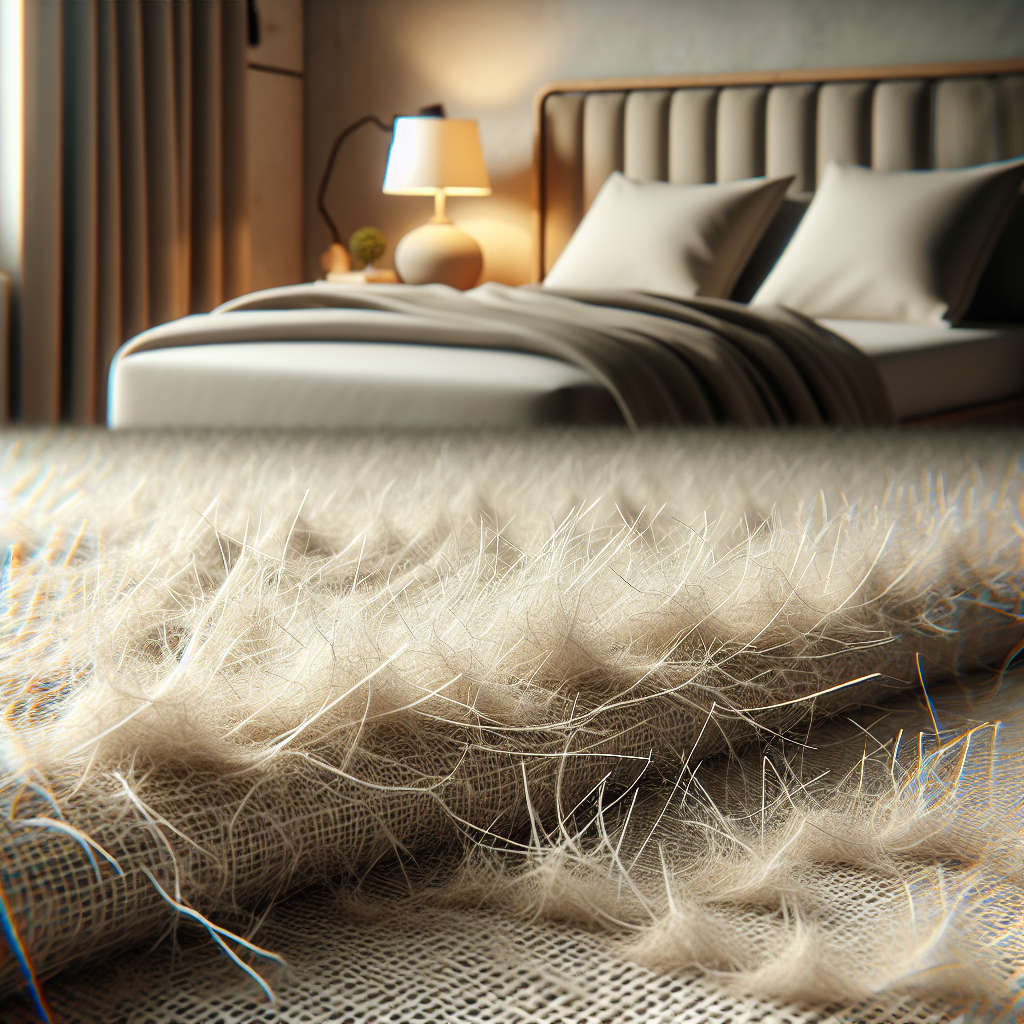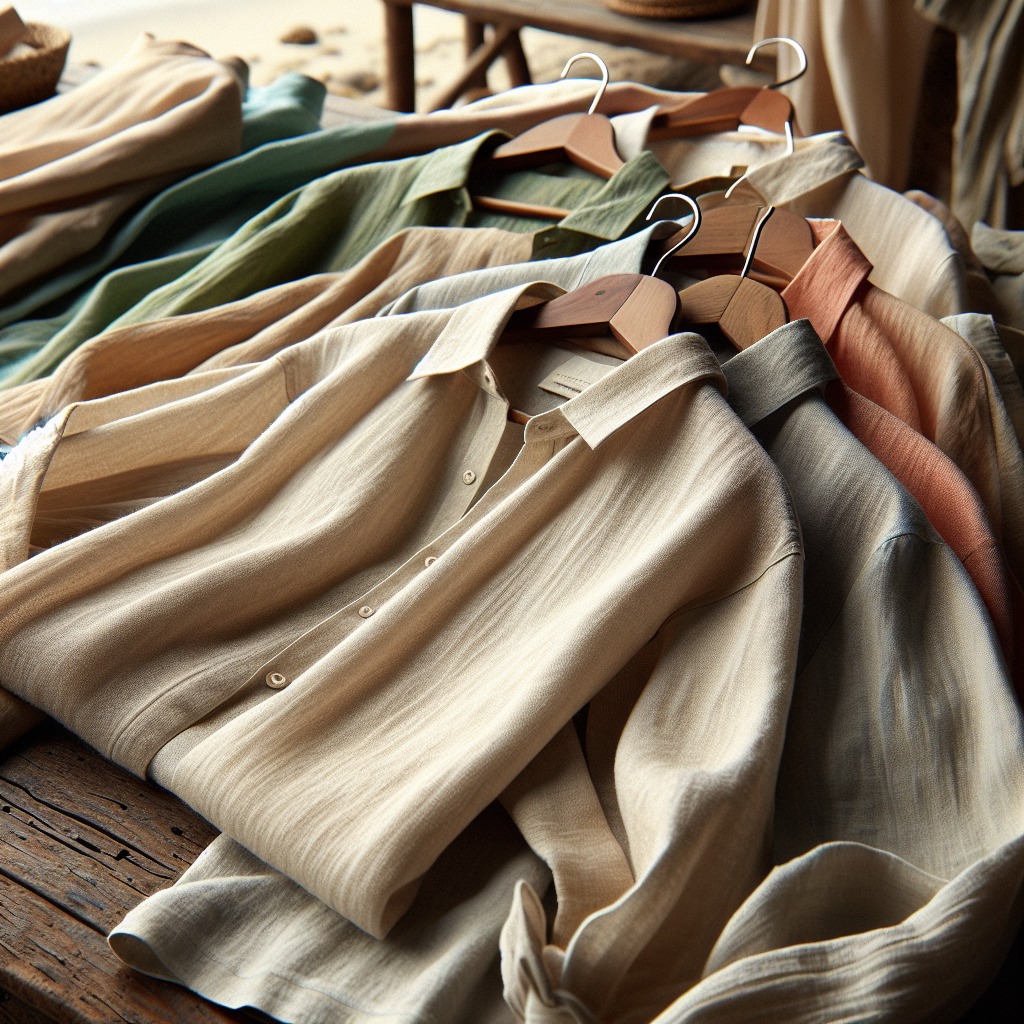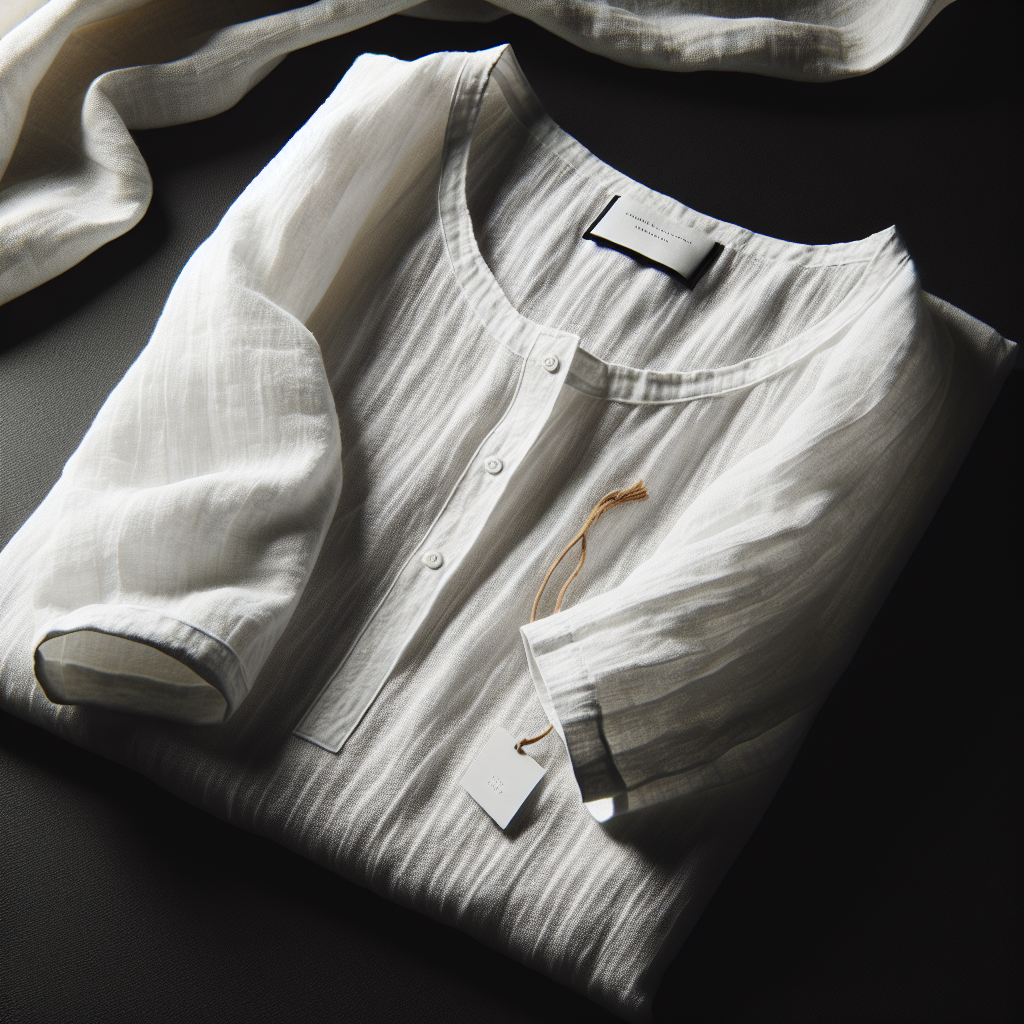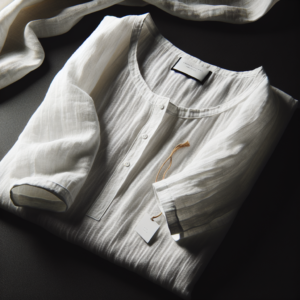How to Soften Scratchy Linen Sheets: Tips and Tricks
Linen sheets are a popular choice for bedding due to their durability, breathability, and natural texture. However, one common complaint that many people have about linen sheets is that they can be scratchy and rough to the touch. This can be frustrating, especially if you have invested in high-quality linen sheets. So, why are your linen sheets scratchy, and what can you do to soften them? In this article, we will explore the reasons behind scratchy linen sheets and provide you with some tips and tricks to help you achieve the soft and luxurious feel you desire.
Firstly, it is essential to understand that linen is a natural fabric made from flax fibers. These fibers have a rough and uneven texture, which is what gives linen its unique look and feel. Unlike other fabrics, such as cotton, linen does not go through a chemical softening process during production. This means that the linen sheets you purchase will have a natural roughness to them. However, this does not mean that your linen sheets have to remain scratchy forever.
One of the main reasons why your linen sheets may feel scratchy is due to the quality of the fabric. Low-quality linen sheets are often made from shorter and coarser flax fibers, which can result in a rougher texture. Investing in high-quality linen sheets made from longer and finer flax fibers can make a significant difference in the softness of your sheets. So, if you are experiencing scratchy linen sheets, it may be time to upgrade to a better quality product.
Another factor that can contribute to scratchy linen sheets is the way they are washed and dried. Linen is a delicate fabric, and it is essential to follow the care instructions provided by the manufacturer. Using harsh detergents or washing your linen sheets on high heat can damage the fibers and cause them to become rough and scratchy. It is best to use a gentle detergent and wash your linen sheets on a cool or warm cycle. Additionally, avoid using fabric softeners or dryer sheets as they can leave a residue on your sheets, making them feel stiff and rough.
If you have already tried upgrading to high-quality linen sheets and following the care instructions, but your sheets are still scratchy, there are a few tricks you can try to soften them. One method is to soak your linen sheets in a mixture of water and white vinegar before washing them. The acidity of the vinegar can help break down any residue or build-up on the fibers, resulting in softer sheets. Another option is to add a cup of baking soda to your wash cycle. Baking soda is a natural softener and can help remove any odors or build-up on your sheets.
Another tip to soften your linen sheets is to hang them outside to dry. The sun and fresh air can help naturally soften the fibers and give your sheets a fresh scent. If you prefer to use a dryer, be sure to remove your sheets while they are still slightly damp and finish drying them on a low heat setting. Overdrying your linen sheets can cause them to become stiff and rough.
In conclusion, scratchy linen sheets are a common issue, but there are ways to soften them and achieve the luxurious feel that linen is known for. By investing in high-quality linen sheets, following proper care instructions, and trying out some of the tips and tricks mentioned above, you can enjoy the soft and comfortable bedding experience that linen has to offer. So, don’t give up on your linen sheets just yet – with a little extra care, you can transform them into the soft and cozy bedding of your dreams.
The Science Behind Scratchy Linen Sheets and How to Avoid Them

Linen sheets are a popular choice for bedding due to their durability, breathability, and natural texture. However, many people have experienced the frustration of purchasing a set of linen sheets only to find that they are scratchy and uncomfortable to sleep on. This can be a major disappointment, especially considering the higher price point of linen compared to other bedding materials. So why are your linen sheets scratchy, and what can you do to avoid this issue? Let’s delve into the science behind scratchy linen sheets and explore some solutions.
Firstly, it’s important to understand the composition of linen. Linen is made from the fibers of the flax plant, which are spun into yarn and then woven into fabric. Unlike other fabrics such as cotton or silk, linen fibers have a rougher and more irregular surface. This is what gives linen its unique texture and also makes it more prone to being scratchy. Additionally, linen fibers have a natural wax coating that can cause stiffness and roughness in the fabric.
Another factor that can contribute to scratchy linen sheets is the quality of the fabric. Linen sheets come in a range of qualities, with the highest quality being made from long and fine fibers. These fibers produce a smoother and softer fabric, while shorter and coarser fibers can result in a rougher texture. Additionally, the way the linen is woven can also affect its softness. Linen that is tightly woven will feel rougher than linen that is loosely woven.
Furthermore, the way linen is processed and finished can also impact its texture. Some manufacturers use chemical treatments to soften the linen, while others rely on mechanical processes such as stone washing. These treatments can affect the natural texture of the linen and may result in a scratchy feel. It’s important to research the production methods of the linen sheets you are considering purchasing to ensure they align with your preferences.
Now that we understand the science behind scratchy linen sheets, let’s explore some solutions to avoid this issue. Firstly, it’s important to wash your linen sheets before using them. This will help to remove any residual chemicals or stiffening agents that may be present from the manufacturing process. It’s recommended to wash linen sheets in warm water with a gentle detergent and to avoid using fabric softeners, as they can leave a residue on the fabric.
Another solution is to opt for high-quality linen sheets made from long and fine fibers. These sheets may come at a higher price point, but they will be softer and more comfortable to sleep on. Additionally, look for linen sheets that have been pre-washed or pre-shrunk, as this can help to soften the fabric and reduce any roughness.
If you already have a set of scratchy linen sheets, there are a few things you can do to improve their texture. One option is to use a fabric softener specifically designed for linen. These products are formulated to soften the fabric without leaving a residue. Another solution is to add a cup of white vinegar to the rinse cycle when washing your linen sheets. The acidity of the vinegar can help to break down any residue on the fabric and leave it feeling softer.
In conclusion, the science behind scratchy linen sheets lies in the composition, quality, and processing of the fabric. By understanding these factors and taking the necessary steps, you can avoid purchasing scratchy linen sheets and improve the texture of your existing ones. With proper care and attention, you can enjoy the many benefits of linen sheets without sacrificing comfort.
Choosing the Right Linen Sheets: Factors to Consider for a Softer Feel
When it comes to bedding, there is nothing quite like the luxurious feel of linen sheets. Not only are they stylish and durable, but they also have a reputation for being soft and comfortable. However, if you have recently purchased a set of linen sheets and found them to be scratchy and rough, you may be wondering what went wrong. The truth is, not all linen sheets are created equal, and there are several factors to consider when choosing the right linen sheets for a softer feel.
First and foremost, it is important to understand the nature of linen itself. Linen is a natural fiber made from the flax plant, and it has been used for centuries to make clothing and household items. While linen is known for its strength and durability, it is also known for its tendency to feel stiff and rough. This is because linen fibers have a natural wax coating that can make them feel coarse to the touch. However, with the right processing and care, linen can become soft and smooth, making it the perfect material for bedding.
One of the most important factors to consider when choosing linen sheets is the quality of the linen itself. Linen sheets come in a variety of grades, with the highest quality being made from long-staple flax fibers. These fibers are longer and finer, resulting in a smoother and softer fabric. On the other hand, lower quality linen sheets are made from shorter and coarser fibers, which can lead to a rougher feel. When shopping for linen sheets, be sure to check the label for the grade of linen used. Look for terms like “long-staple” or “fine” to ensure you are getting the best quality linen sheets for a softer feel.
Another important factor to consider is the thread count of the linen sheets. While thread count is often associated with cotton sheets, it also applies to linen sheets. Thread count refers to the number of threads woven into one square inch of fabric. Generally, the higher the thread count, the softer and smoother the fabric will feel. However, with linen sheets, a higher thread count does not necessarily mean a softer feel. This is because linen fibers are thicker than cotton fibers, so a lower thread count can still result in a soft and comfortable sheet. It is recommended to look for a thread count between 80-150 for the best balance of softness and durability.
In addition to the quality of the linen and thread count, the way the linen sheets are processed and finished can also affect their softness. Linen sheets that have been pre-washed or pre-shrunk tend to be softer and more comfortable. This is because the washing process helps to break down the natural wax coating on the fibers, resulting in a smoother feel. Some linen sheets may also be treated with softeners or enzymes to further enhance their softness. When shopping for linen sheets, look for those that have been pre-washed or treated for a softer feel.
Lastly, proper care and maintenance of your linen sheets can also play a role in their softness. Linen sheets should be washed in cool or warm water and dried on a low heat setting. Avoid using harsh detergents or bleach, as these can damage the fibers and make them feel rough. It is also recommended to line dry your linen sheets if possible, as the sun can help to naturally soften the fibers. With proper care, your linen sheets will become softer and more comfortable with each wash.
In conclusion, if you have found your linen sheets to be scratchy and rough, it is likely due to a combination of factors such as the quality of the linen, thread count, processing, and care. By considering these factors and choosing high-quality linen sheets, you can achieve a softer and more comfortable bedding experience. With the right linen sheets, you can enjoy the luxurious feel of linen without sacrificing comfort.











